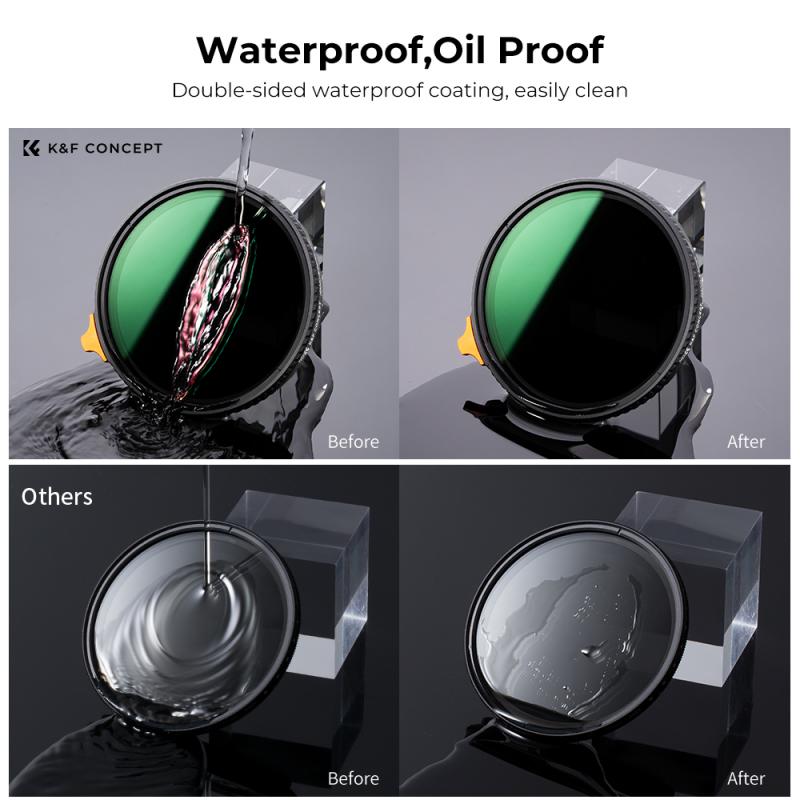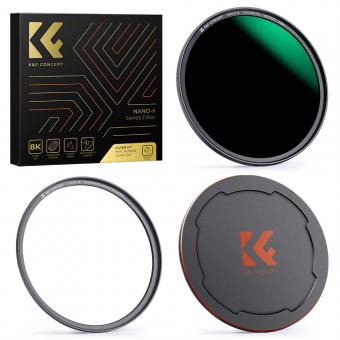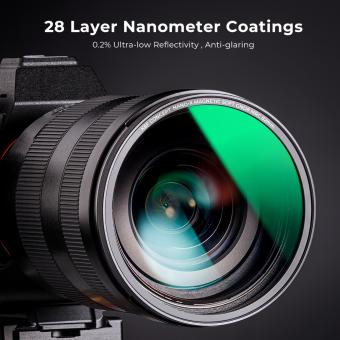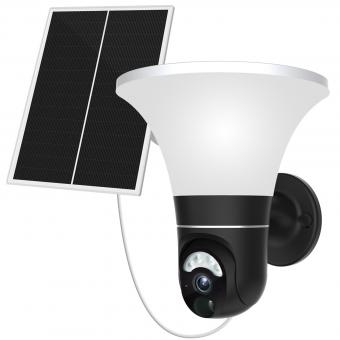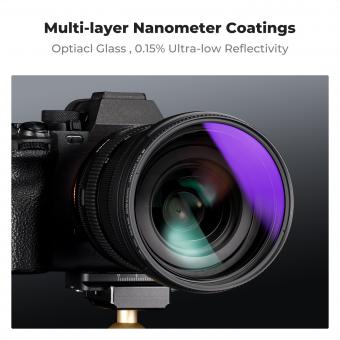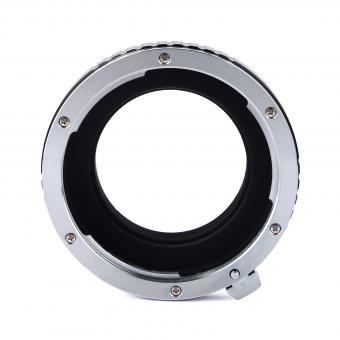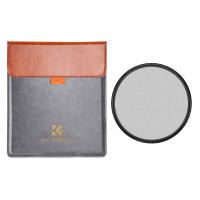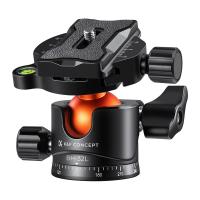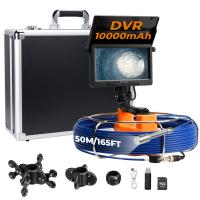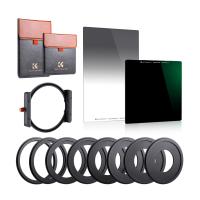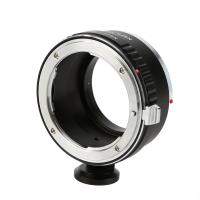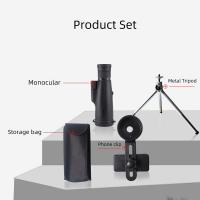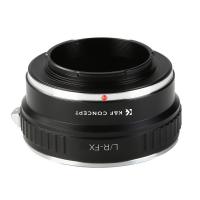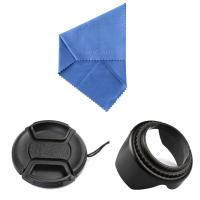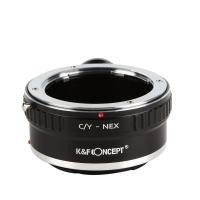What Is A Filter On A Camera ?
A filter on a camera is an optical accessory that is placed in front of the camera lens to modify or enhance the captured image. Filters can serve various purposes, such as altering the color balance, reducing glare or reflections, enhancing contrast, or adding special effects. They are typically made of glass or resin and come in different shapes and sizes to fit different lens diameters. Filters can be screw-on types that attach directly to the lens or slot-in types that are inserted into a filter holder. Some common types of filters include UV filters, polarizing filters, neutral density filters, and color filters. Photographers use filters to achieve specific creative effects or to overcome certain lighting conditions, ultimately enhancing the quality and impact of their photographs.
1、 Optical Filter: Enhances or alters light entering the camera lens.
A filter on a camera is an optical device that is used to enhance or alter the light entering the camera lens. It is a physical attachment that can be screwed onto the front of the lens or placed in a filter holder. Filters are commonly used in photography to achieve various effects and improve image quality.
One of the most common types of filters is the UV filter, which is primarily used to reduce the amount of ultraviolet light that reaches the camera sensor. UV light can cause a bluish cast in images, especially in outdoor photography, and using a UV filter helps to eliminate this issue. Additionally, UV filters also provide protection to the camera lens from scratches, dust, and moisture.
Another popular type of filter is the polarizing filter. This filter helps to reduce glare and reflections from non-metallic surfaces such as water or glass. It also enhances color saturation and contrast, resulting in more vibrant and visually appealing images. Polarizing filters are commonly used in landscape photography to capture clear skies, vivid colors, and improved overall image quality.
Neutral density (ND) filters are used to reduce the amount of light entering the camera lens without affecting the color balance. These filters are particularly useful in situations where a slower shutter speed is desired, such as when photographing moving water or creating long exposure effects. ND filters allow photographers to achieve creative effects by controlling the amount of light reaching the camera sensor.
In recent years, with the advancement of digital photography, some filters can now be emulated using software applications. However, using physical filters still offers advantages in terms of convenience, real-time preview, and preserving image quality. Additionally, certain effects, such as polarizing or ND effects, are difficult to replicate accurately in post-processing.
In conclusion, a filter on a camera is an optical device that enhances or alters the light entering the camera lens. It allows photographers to achieve various effects, improve image quality, and protect the lens. While some filters can be emulated digitally, physical filters still offer advantages and are widely used in photography.
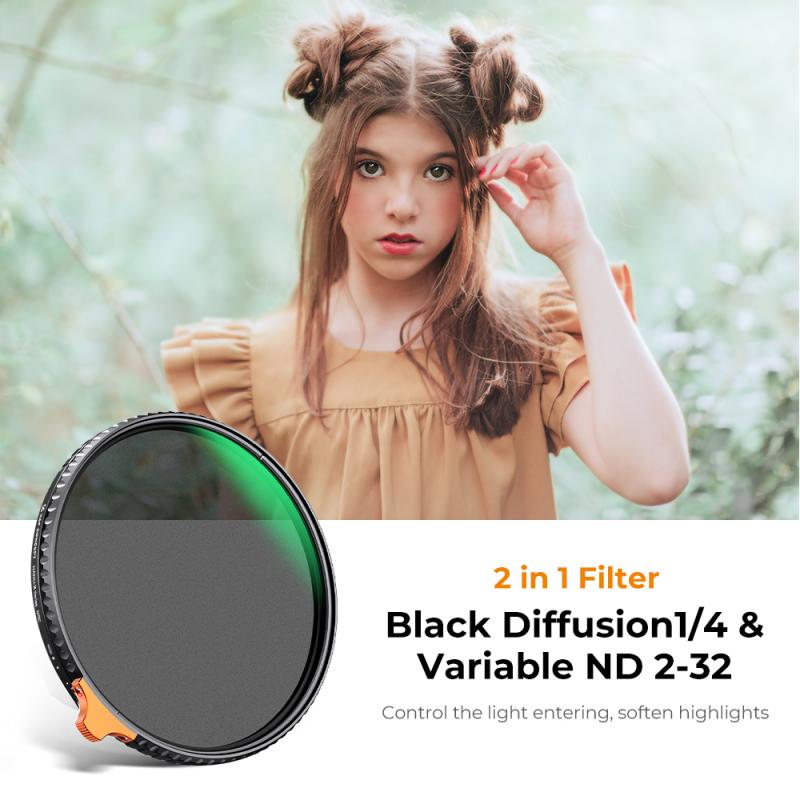
2、 UV Filter: Reduces ultraviolet light and protects the lens.
A filter on a camera is an accessory that is attached to the lens to modify or enhance the image being captured. Filters can be made of glass or plastic and come in various shapes and sizes to fit different lenses. They are used to alter the light entering the camera, resulting in different effects on the final image.
One common type of filter is the UV filter. UV filters are transparent filters that reduce ultraviolet light from reaching the camera sensor. They were originally designed to counteract the bluish cast that can occur when photographing in bright sunlight. However, with the advancement of digital cameras, the need for UV filters has diminished as most modern sensors have built-in UV protection.
Despite this, UV filters still serve a purpose in protecting the lens. They act as a barrier against dust, moisture, and scratches, safeguarding the delicate glass elements of the lens. In this sense, UV filters can be seen as a form of insurance for your lens, preventing potential damage that could be costly to repair.
However, there is an ongoing debate among photographers about the necessity of UV filters. Some argue that adding an extra layer of glass can degrade image quality, especially if using a low-quality filter. Others believe that the benefits of lens protection outweigh any potential drawbacks.
Ultimately, the decision to use a UV filter on a camera lens depends on personal preference and shooting conditions. If you frequently find yourself in environments where your lens is at risk of damage, a UV filter can provide peace of mind. However, if image quality is of utmost importance, it may be best to forgo the filter and rely on other means of lens protection.
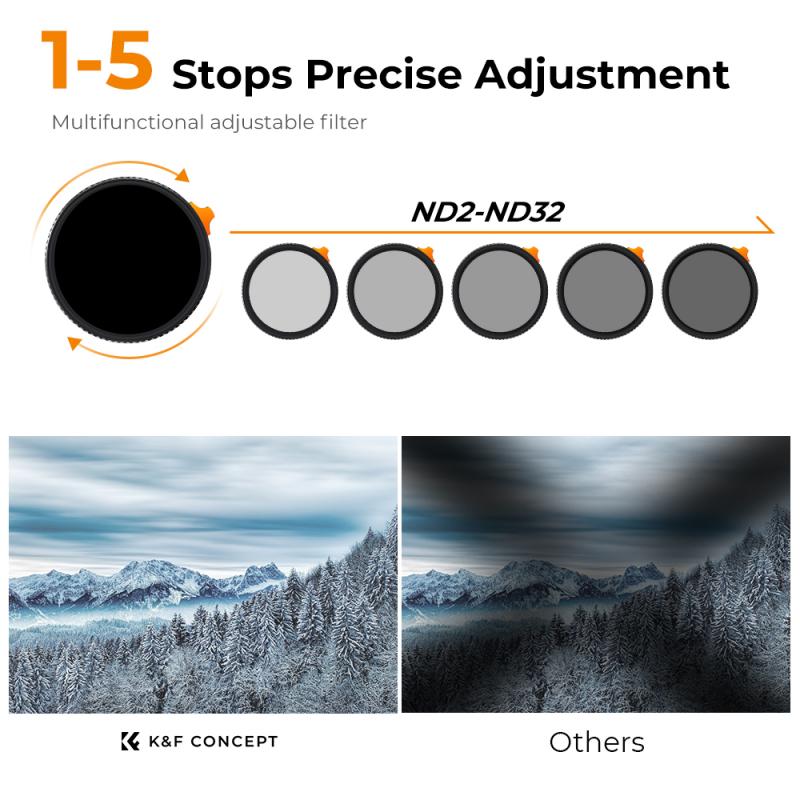
3、 Polarizing Filter: Reduces glare and enhances color saturation.
A filter on a camera is an optical accessory that is placed in front of the lens to modify the way light enters the camera. Filters can have various effects on the image, such as altering the color balance, reducing glare, or enhancing certain aspects of the scene being photographed.
One common type of filter is the polarizing filter. This filter is designed to reduce glare and enhance color saturation in outdoor photography. It works by selectively blocking certain polarized light waves that are reflected off non-metallic surfaces such as water, glass, or foliage. By doing so, the polarizing filter helps to eliminate unwanted reflections and increase the overall clarity and contrast of the image.
When using a polarizing filter, photographers can achieve more vibrant and saturated colors, especially in landscapes and outdoor scenes. The filter also helps to darken the sky, making clouds stand out more prominently. Additionally, it can be used to minimize reflections on water surfaces, allowing photographers to capture the underlying details more effectively.
In recent years, the use of polarizing filters has become even more popular due to the rise of social media and the increasing demand for visually appealing images. Many photographers and influencers use polarizing filters to enhance the colors and overall aesthetics of their photos, making them more eye-catching and engaging.
However, it is important to note that while polarizing filters can be highly beneficial in certain situations, they may not be suitable for all types of photography. For example, when shooting indoors or in low-light conditions, the use of a polarizing filter may result in a loss of light and require longer exposure times. Additionally, polarizing filters are not effective when photographing metallic or highly reflective surfaces.
In conclusion, a polarizing filter is a valuable tool for photographers looking to reduce glare and enhance color saturation in their outdoor images. It can significantly improve the overall quality and visual impact of photographs, making them more captivating and appealing to viewers.
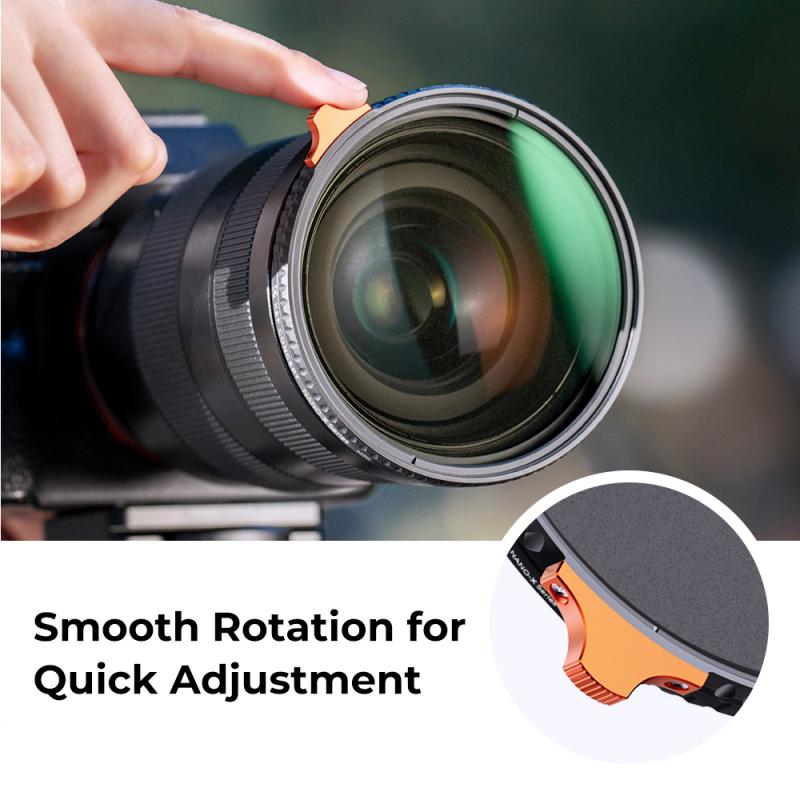
4、 Neutral Density Filter: Reduces the amount of light entering the camera.
A filter on a camera is an accessory that is placed in front of the lens to modify the light entering the camera. It can alter the colors, contrast, and intensity of the image being captured. One type of filter commonly used in photography is the Neutral Density (ND) filter.
A Neutral Density filter is designed to reduce the amount of light entering the camera without affecting the color or hue of the image. It is essentially like sunglasses for your camera lens. By reducing the light, it allows photographers to use slower shutter speeds or wider apertures in bright conditions, which can be particularly useful in situations where a long exposure is desired, such as capturing the motion of flowing water or creating a sense of movement in a landscape.
Neutral Density filters come in different strengths, measured in stops, which indicate the amount of light they block. They can range from 1-stop to 10-stop filters, with each stop reducing the light by half. The choice of filter strength depends on the desired effect and the lighting conditions.
In recent years, the use of ND filters has gained popularity among photographers and videographers. They have become an essential tool for achieving creative effects and maintaining control over exposure in challenging lighting situations. With the rise of social media platforms and the increasing demand for visually appealing content, photographers are constantly exploring new ways to stand out and create unique images. ND filters offer a way to capture scenes with a different perspective, allowing photographers to experiment with long exposures, create motion blur, or balance exposure in high contrast scenes.
In conclusion, a Neutral Density filter is a valuable accessory for photographers, enabling them to control the amount of light entering the camera and achieve creative effects. Its versatility and ability to maintain color neutrality make it an essential tool for capturing stunning images in various lighting conditions.
